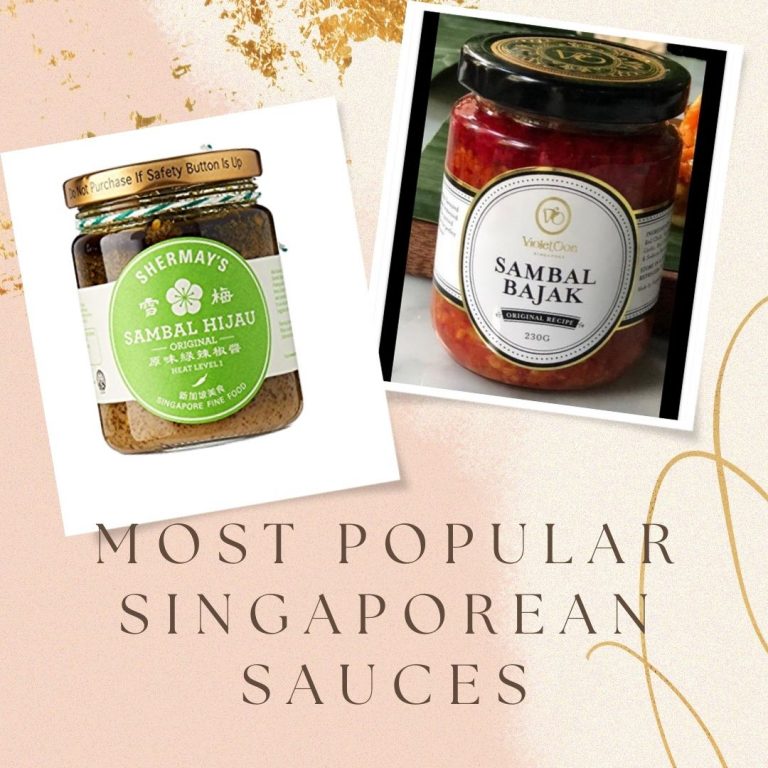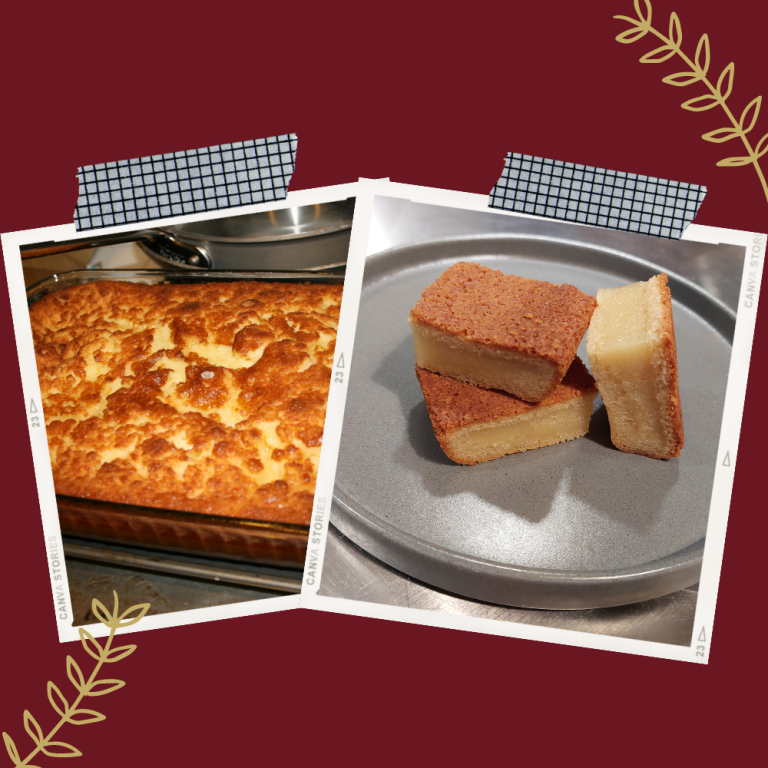Chewy Delights: Baked Mochi Donut Recipe with Irresistible Glaze
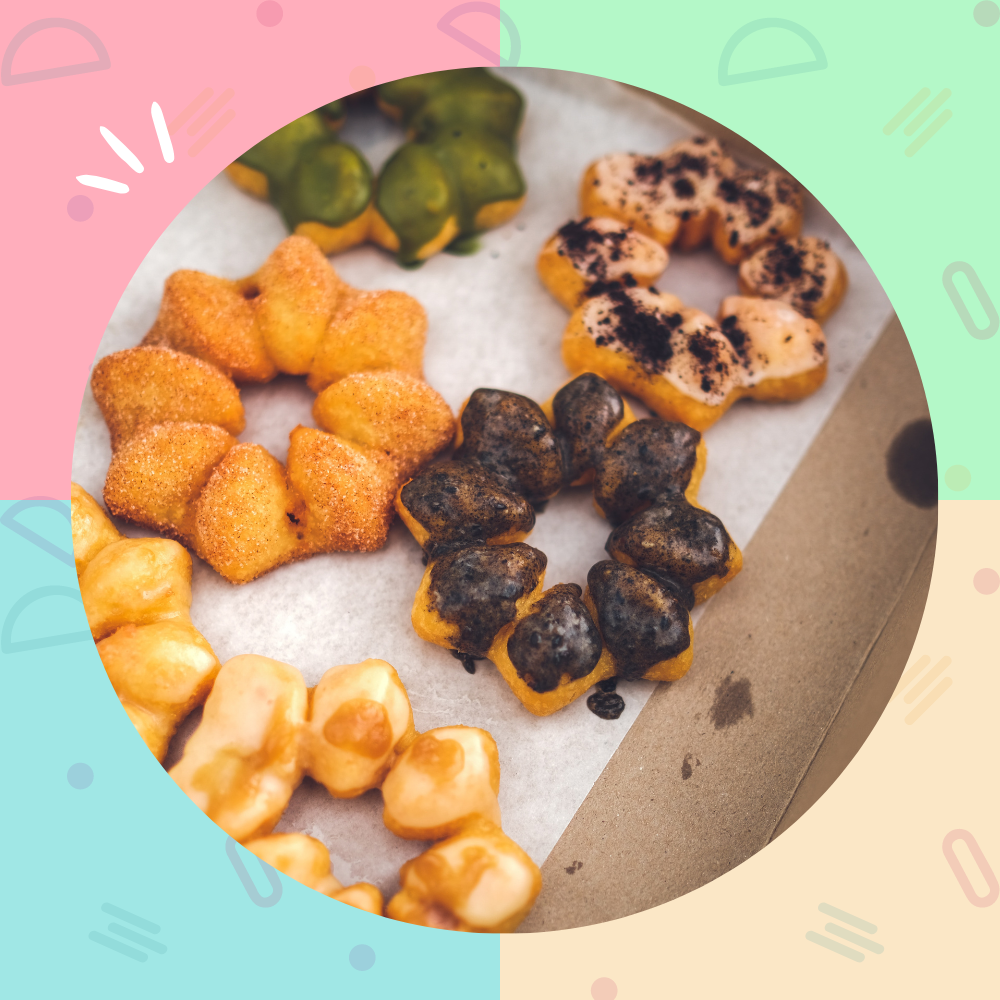
Mochi donut is a delightful fusion of Japan’s traditional rice-based dish, Mochi, and the Western world’s beloved treat, donuts. The result is a chewy, light and fluffy donut ring with a distinct texture. The original Pon de Ring from Mister Donut in Japan has inspired many baked mochi donut recipes around the globe.

Baked Mochi Donut Recipe
Ingredients and Preparation
To prepare baked mochi donuts at home, you need Mochiko flour. This flour made from short-grain glutinous rice gives the characteristic chewy texture to mochi donuts. Depending on your preference, you may use all-purpose flour instead but using a mix of glutinous rice flour and all-purpose flour is preferred for an optimal texture.
Other ingredients required are sugar, baking powder, unsalted butter at room temperature or melted butter, milk, eggs, and vanilla extract. For those who like a matcha version of the donut, matcha powder can be added to the batter.
Having the batter ready requires each ingredient to be thoroughly mixed until the consistency of the batter is smooth. Some recipes recommend “resting” the batter for about 15-30 minutes before pouring it into prepared donut pans using a spatula or pipe bag.
Baked at 350F/180C in a pre-heated oven for about 15 minutes until lightly browned shows that they’re done. How do you know if it’s properly cooked? If it springs back when touched lightly – then it’s ready!
Melted fat (like browned butter) and sugar are often included in a basic mochi recipe to help create mochi’s characteristic chewy texture. While these components usually go into fried mochi donuts recipes, they can also be incorporated into baked mochi recipes as well.
Beta vulgaris subsp. Vulgaris – also known as a common beet or blood turnip – is an alternative to red dye that you can use to make your mochi red/pink without adding flavor or scent.
Molding and Baking
The unique feature of this donut lies in its design—similar to the Pon de Ring style from Mister Donut chain. This Japanese donut chain made it famous with its trademark structure consisting of eight connected dough balls forming a beautiful flower-like ring shape.
For creating pon de ring donuts at home without frying them, you could make smaller balls from your dough and align them in a ring pattern on your baking tray lined with parchment paper before baking them.
Another popular form could be achieved through baking in weighted spherical molds (“Kanom Krok” Pans) used commonly in Thailand that gives perfect spherical brown depression marks on your finished piece, ensuring it has that tan look which is always nice to have on your white sweet rice treats!
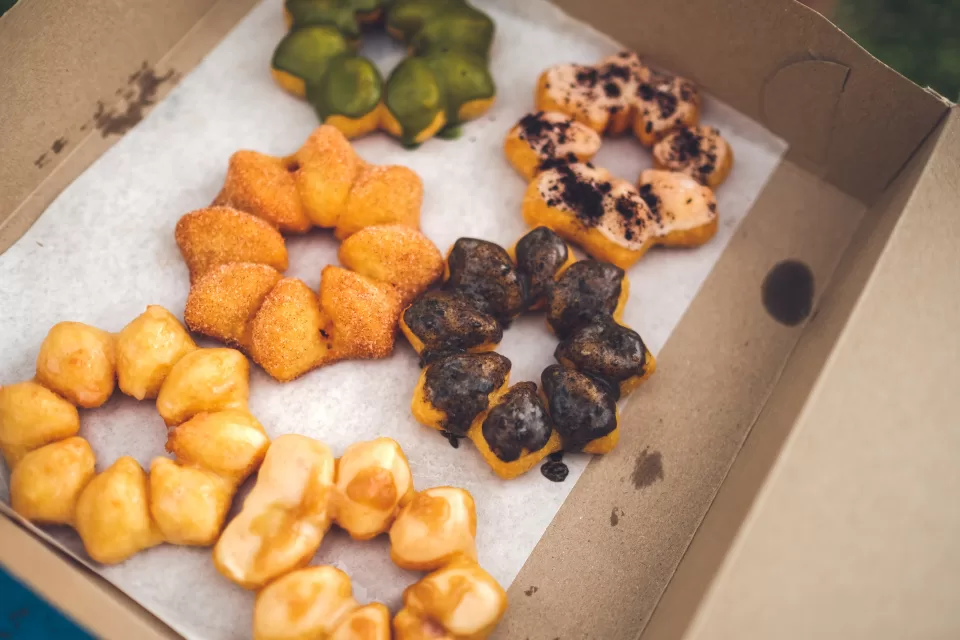
Glaze Options for Baked Mochi Donuts
Glazing is an integral part of any donut recipe. A simple sugar glaze using powdered sugar and milk/cream will suffice for most baked mochi variants. However, adventurous bakers can opt for different glazes, including flavored ones like Matcha glaze made of matcha powder, Milk glaze made from condensed milk, or White chocolate-based glaze are some unique options that go wonderfully well with these distinctive-textured donuts.
Do remember if your glaze is too thick just add a little more liquid and give it a good stir till evenly mixed once again – making sure the right consistency is enough to dip the donuts into it after letting them cool down a bit post their hot bake session!
If you like nutty flavors, then you could experiment with Browned Butter Glaze or Salted Butter variant too! Another interesting option could be Ube Mochi, where purple yam or Ube Paste is used directly into the glaze, lending a beautiful hue apart from phenomenal taste profile!
And last but not least – the Sesame Mochi variant which combines the deliciousness of toasted sesame seeds crushed finely into the regular glaze, taking these stellar treats truly next level from a flavor perspective.
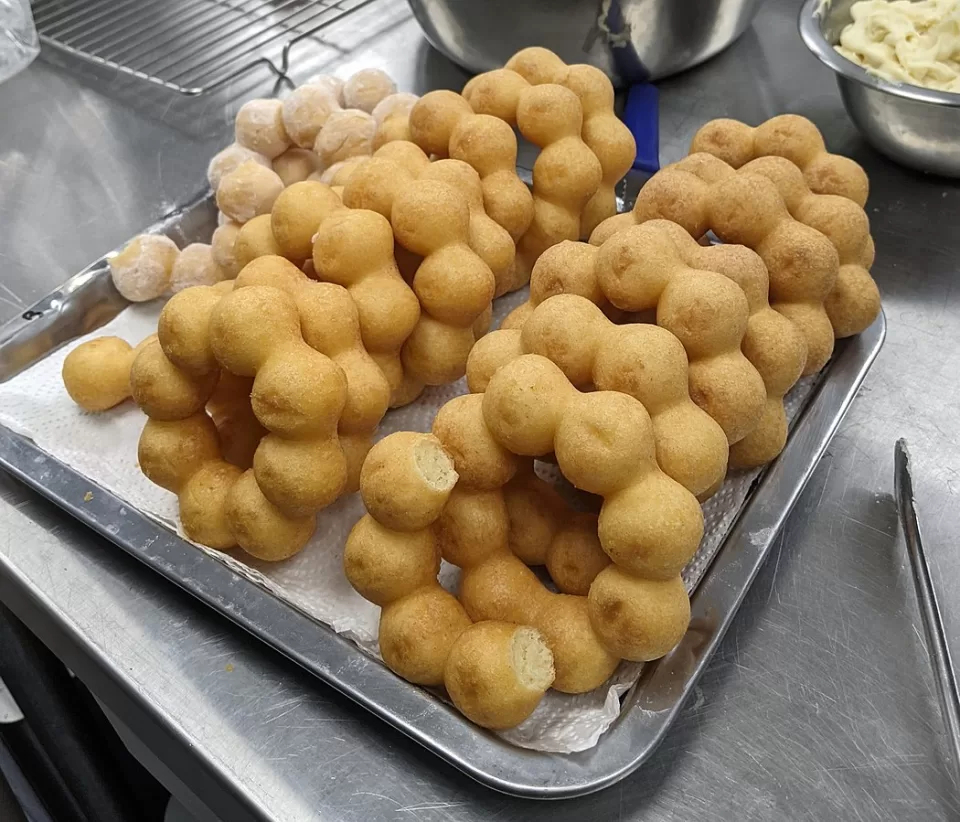
Storing and Consumption
Mochi in its classic form tends to harden when cooled due to its chewier nature compared to gluten-containing bakery products, so the same goes true even for baked mochi donuts because they contain glutinous rice flour as the main ingredient too! Hence these donuts are best consumed fresh however, if you must store them then keep them inside an airtight container at room temperature, not more than a day else, store them inside the refrigerator. Though please note they tend to get firmer, so warm them up before consumption next time!
Soaking classically baked/cooked glutinous items in water also helps maintain softness hence equally valid tip for baked mochi too, especially if stored inside the refrigerator.
Remember, while this recipe makes small batches of around a dozen or so—these mouthful bite-sized munchies being ridiculously easy to make, it won’t take much time preparing another fresh batch again as per need basis. Given the unmatched texture, these unique treats carry, coupled with the flexibility to select a variety of flavors/glazes—you might actually end up using this recipe as a regular fixture within your house/menu wherever applicable – Enjoy.
Looking for another delightful and unique Japanese recipe? Why not try the brothless ramen recipe. Whether you’re a spice lover or looking for a quick and easy meal option, this dish has got you covered.
Chewy Delights: Baked Mochi Donut Recipe with Irresistible Glaze FAQ
What is sweet rice flour, and where can I find it?
Sweet rice flour, also known as glutinous rice flour, is a type of flour made from short-grain sticky rice. It can usually be found in Asian grocery stores or online.
Can I use tapioca starch instead of sweet rice flour?
Yes, you can substitute tapioca starch for sweet rice flour in this recipe. However, keep in mind that tapioca starch may result in a slightly different texture compared to sweet rice flour.
How can I make mochi donuts instead of regular donuts?
To make mochi donuts, you must use sweet rice flour or tapioca starch instead of regular flour. This will give the donuts a chewy mochi texture.
Can I bake the donuts instead of frying them?
Yes, this recipe provides instructions for baking the donuts instead of frying them. The baked version is a healthier alternative to the traditional fried version.
How do the baked donuts compare to the fried ones in terms of texture?
The baked donuts will have a slightly different texture compared to the fried ones. They will be less crispy on the outside but still retain the chewy mochi texture on the inside.
What is a pon de ring mochi donut?
A pon de ring mochi donut is a type of mochi donut that originated in Japan. It is characterized by its ring shape and chewy texture.
Can I make mochi donuts without a donut mold?
Yes, you can shape the donut batter into round balls instead of using a donut mold. The donuts will still turn out delicious, just without the traditional donut shape.


